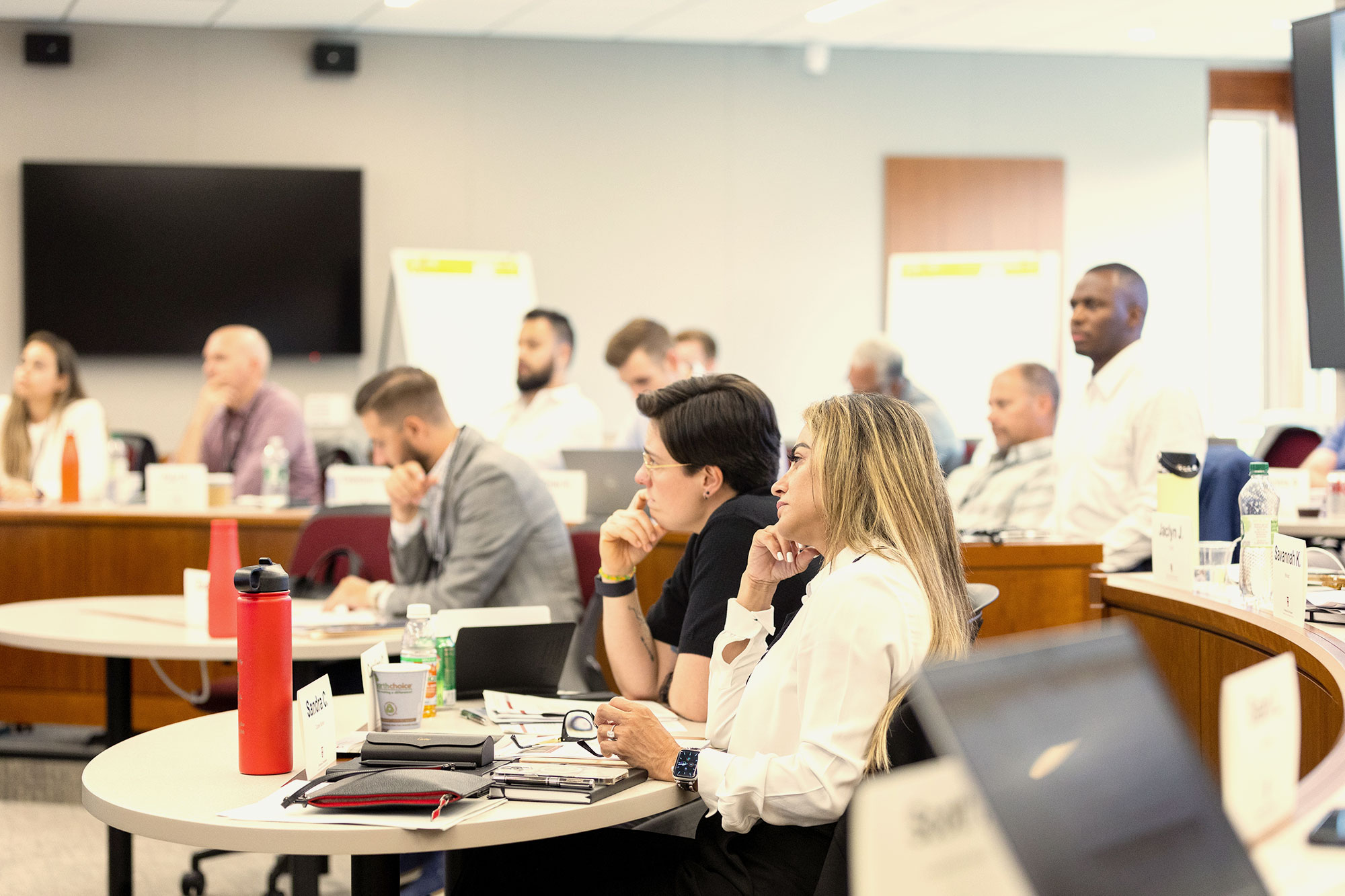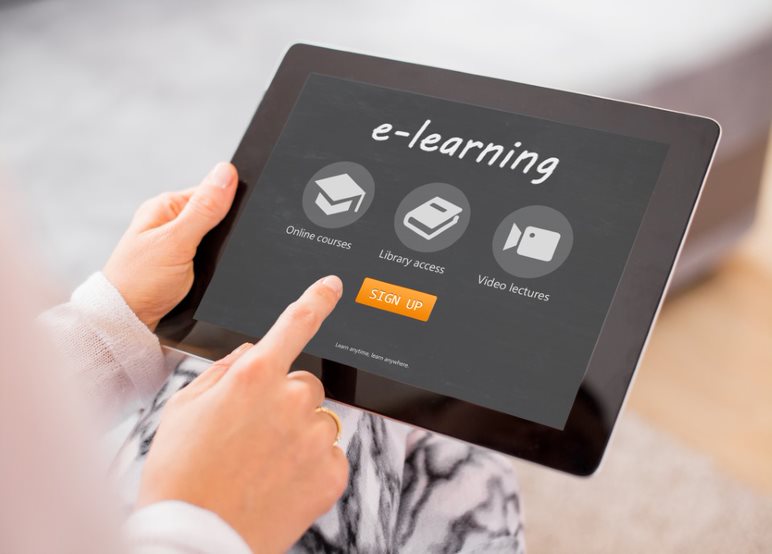Introduction
Universal Design for Learning (UDL) is an educational framework that provides a blueprint for creating learning experiences that are accessible to all learners. It is based on the understanding that all learners have different ways of learning, and that by providing multiple means of engagement, representation, and expression, we can create learning environments that are more inclusive and effective for everyone.
The Three Principles of UDL
UDL is based on three main principles:
- Perception: Provide multiple means of representation to allow learners to access information in ways that best suit their individual needs and preferences. This could include using visual, auditory, or tactile materials; providing text in different formats; or using different technologies to support learning.
- Action and Expression: Provide multiple means of expression to allow learners to demonstrate their knowledge and skills in ways that are meaningful to them. This could include allowing students to choose how they complete assignments, providing opportunities for physical activity, or using technology to support communication.
- Engagement: Promote student engagement by providing a variety of learning experiences that are relevant and interesting to each learner. This could involve using games, simulations, or real-world projects; providing opportunities for collaboration; or creating a positive and supportive learning environment.
How to Implement UDL
UDL can be implemented in any learning environment, from the classroom to the workplace. There are many resources available to help educators and other professionals learn more about UDL and how to implement it in their own settings.
Here are a few specific examples of how UDL can be implemented:
- In a classroom, a teacher might use a variety of instructional materials, such as text, images, videos, and hands-on activities, to present information to students.
- In a workplace, a manager might provide employees with different ways to complete tasks, such as allowing them to work from home or providing them with assistive technology.
- In a community setting, a recreation center might offer a variety of activities, such as sports, arts, and crafts, to appeal to people of all ages and abilities.
The Benefits of UDL
UDL has many benefits for both learners and educators. For learners, UDL can:
- Improve access to learning
- Increase engagement
- Promote independence
- Reduce barriers to learning
For educators, UDL can:
- Make teaching more efficient
- Reduce the need for accommodations
- Create a more inclusive learning environment
Conclusion
Universal Design for Learning is a powerful framework that can be used to create more inclusive and effective learning environments for all learners. By providing multiple means of engagement, representation, and expression, we can create learning experiences that are accessible to everyone and that promote success for all.



